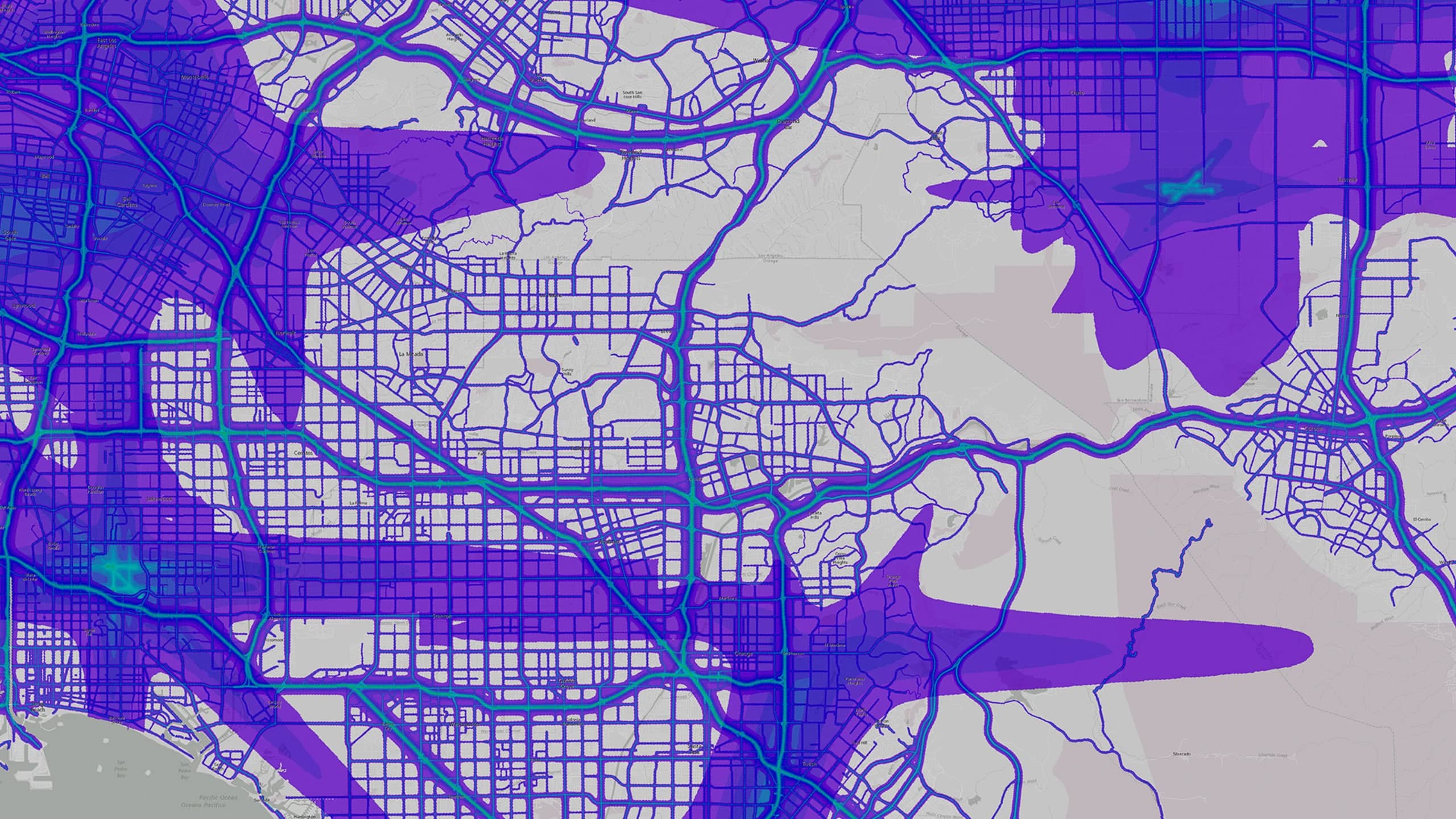“You can never have too much reconnaissance. Use every means available before, during, and after battle. Reports must be facts, not opinions; negative as well as positive.” – General George S. Patton, Letter of Instruction, March 6, 19441
Like Patton and battlefield commanders of yesteryear, today’s government, military, business, and nonprofit leaders seek to collect, consider, and act on data and derived analysis to reach informed decisions and clear-eyed forecasts. Leaders want an objective, deep understanding of their “battlespace.”
The data landscape today, however, is exponentially richer than in decades past—so rich we use the term big data to describe it. The growth in deployment of data-producing sensors on the Internet of Things, the exposure of government and commercially created data, and the explosion in volunteered information via social media and other channels have left organizations awash in varied, voluminous, and high-velocity data. Weather, sentiment, socioeconomic, cadastral, industrial, and other data all may be at the fingertips of organizations.
This outpouring of information is a blessing if leveraged effectively, and a curse if not. To be successful, leaders must marshal a combined force of people, policies, and platforms to benefit from this new information terrain.
The Tools of Decision-Making
Separating the signal from the noise would be impossible without data integration and exploitation technologies. Tools are needed to convert this data richness into insight that allows organizations to make reliable forecasts.
Recent leaps in computing power and technology integration have enabled organizations to aggregate and mine massive and disparate datasets, teasing out significant relationships between factors and outcomes. Such empirical understanding becomes the basis for rigorous what-if scenario modeling and forecasting—often called predictive analytics or anticipatory analytics. In business, as in defense, the better an organization processes all the data, the more reliable its forecasts will be.

What is new is the speed at which technology can process and execute algorithms against massive datasets, and the ease of use of enabling technologies like GIS.
Spatiotemporal attributes of data—the key factors of location and time—are part of this richness and are sometimes overlooked in corporate planning. Indeed, decisions often have a spatial component: The answer to the question may be a location (e.g., Which market will be most receptive to our products or services?), and the answer may be influenced by or dependent on spatial factors (such as the demographic and psychographic makeup of the surrounding neighborhoods or the availability of distribution centers).
Location and proximity matter. This recognition of spatial dependency, or connectedness, adds a layer of complexity to spatial analysis and has led to the development of specialized—and often computationally complex—methods. While in years past, complexity may have been an impediment to good insight, nowadays the lower cost of computational power allows organizations to conduct more granular, and more valuable, when-and-where decision-making.
Putting Big Data Analytics to Work
A combat support organization and a member of the US Intelligence Community, the National Geospatial-Intelligence Agency (NGA) recognizes that the volume and diversity of spatiotemporal data flowing into analytic units has moved “beyond the limits of human interpretation and explanation.” The organization is evolving technologically and culturally to provide analysis that utilizes, for example, data feeds on real-time conditions, topography, and atmospherics.
Whether your aim is to provide situational intelligence to military units, as NGA does, or to conduct disaster preparedness for your business and supply chain, objective analysis of all available data is key to effective decision-making.
At NGA, the promise is clear. Harnessing this data will move the organization from “anecdote-based analysis to evidence-based understanding” and toward models of adversary behavior and other phenomena that are truly data-driven, dynamic, and anticipatory.
One example that illustrates NGA’s drive toward exploiting all relevant data referenced in space and time is the development of activity-based intelligence (ABI) in counterterrorism and other missions. Born out of the counterterrorism world, ABI analysis pulls on all sources of data—imagery, intercepted communications, field reports, and more—to develop a deeper understanding of how terrorists move and operate in a battlespace and to anticipate new activity. (For more, see p. 30 of this issue of Pathfinder magazine.) Such discoveries would not be possible without the push to integrate all sources of spatiotemporal data—and a battle plan and battle rhythm to acquire, condition, and disseminate data. Similarly in the world of business analytics, analysts need “shovel-ready” data and “ready-to-roll” tools to exploit data and deliver timely insights.

To be successful, leaders must marshal a combined force of people, policies, and platforms to benefit from big data.
Of course, military and defense communities have a long tradition of using quantitative and spatial analytic approaches—from estimating necessary firepower ratios to war-gaming. Many of the statistical and sense-making techniques that have generated so much excitement in public safety, epidemiological, and military circles are not new. For example, regression analysis, Bayesian inference, time-to-event analysis, and ecological modeling techniques are used in quantitative criminology (see here and here for more). What is new is the speed at which technology can process and execute algorithms against massive datasets and the ease of use of enabling technologies—like geographic information system (GIS) technology.
Advice for Decision-Makers
As renowned geography scholars Drs. Harvey Miller and Michael Goodchild note, the scale of data and our excitement for technology are not reasons to jettison theory and other elements of rigorous investigation. In other words, the potential of big data analytics should not trump sound science.
Further, technology alone is not sufficient to build a smart organization—it is only part of the ecosystem required to turn what has been termed the “tsunami of data” into timely, actionable decision aids.2
Advanced analytics is a team activity that involves front-line personnel; data scientists and geospatial analysts; GIS and other technologies; and data. Like military leaders, business decision-makers must mobilize all these forces in a multipronged campaign to build a successful data-driven organization.
Works Cited
1Patton, George S., War As I Knew It: The Battle Memoirs of General George S. Patton
2“Our Profession, Our Priorities, Our Future,” NGA Director Robert Cardillo, May 2015










